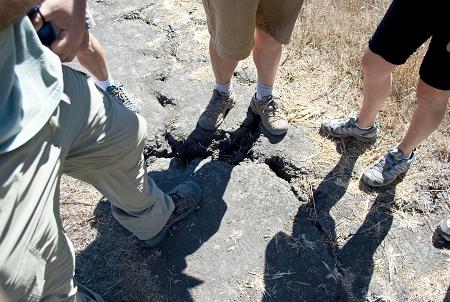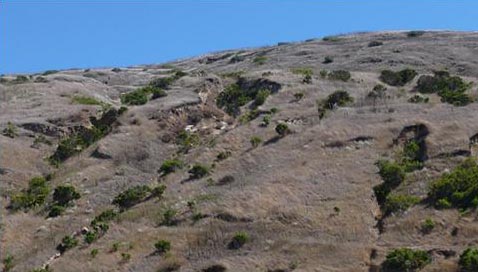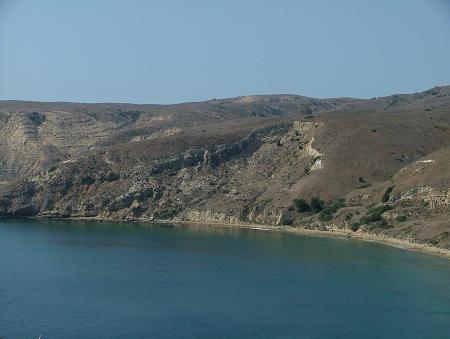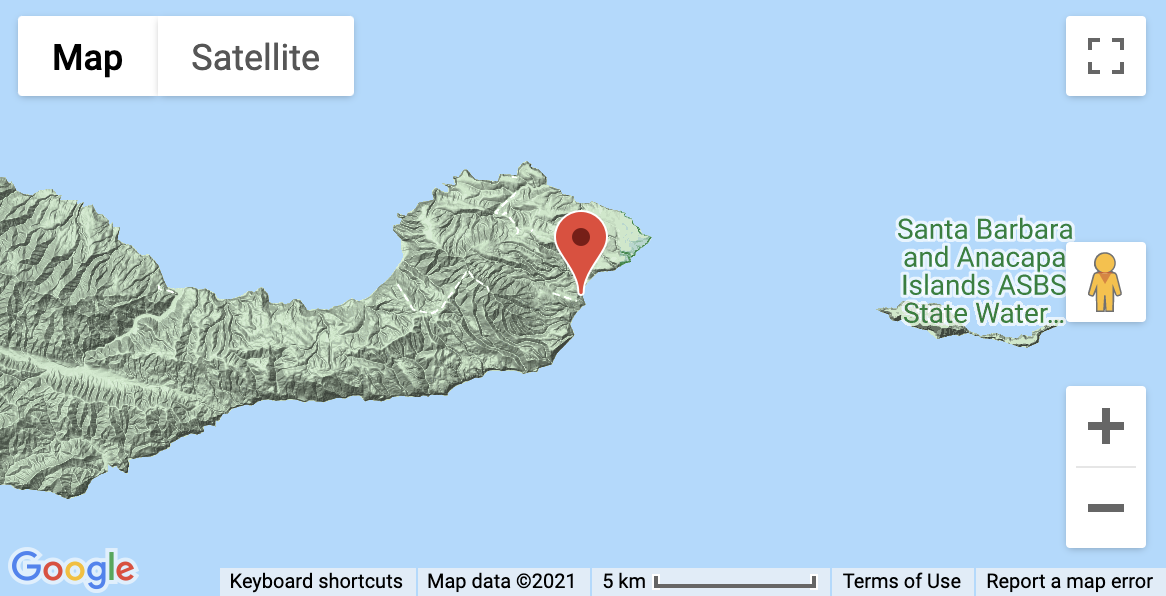
Some cynics might generalize geomorphology and say that it all boils down to "stuff gets round and moves downhill". Okay, so in a VERY broad sense this is true, but the processes by which "things move downhill" are pretty cool. There is a whole range of processes, from very small-scale movements to large, deep-seated landslides, but we'll focus on a few of the more common ones that one can observe on the eastern end of Santa Cruz Island.

These small fractures in the soil at ridge crests tell an interesting story. Periods of intense precipitation saturate the ground- this added weight of water causes the soil to swell and move slowly downslope. As the soil dries out, it contracts and forms these roughly contour-parallel fractures. Repeat this process enough times, and eventually the soil will begin to creep downhill. Which leads to...

As the slopes get steeper, this same process of saturation and drying causes large areas of the soil to slowly slip downhill. This slow motion is called "creep". Although- sometimes this motion of material downslope happens on a more rapid timescale, leading to...
Landslides occur when some sort of trigger (over-saturation by intense precipitation, de-vegetation, earthquake, etc.) loosens a large portion of the hillslope. Gravity then takes over, and over a very short time span (in some cases, instantaneous) large amounts of material move downhill.

